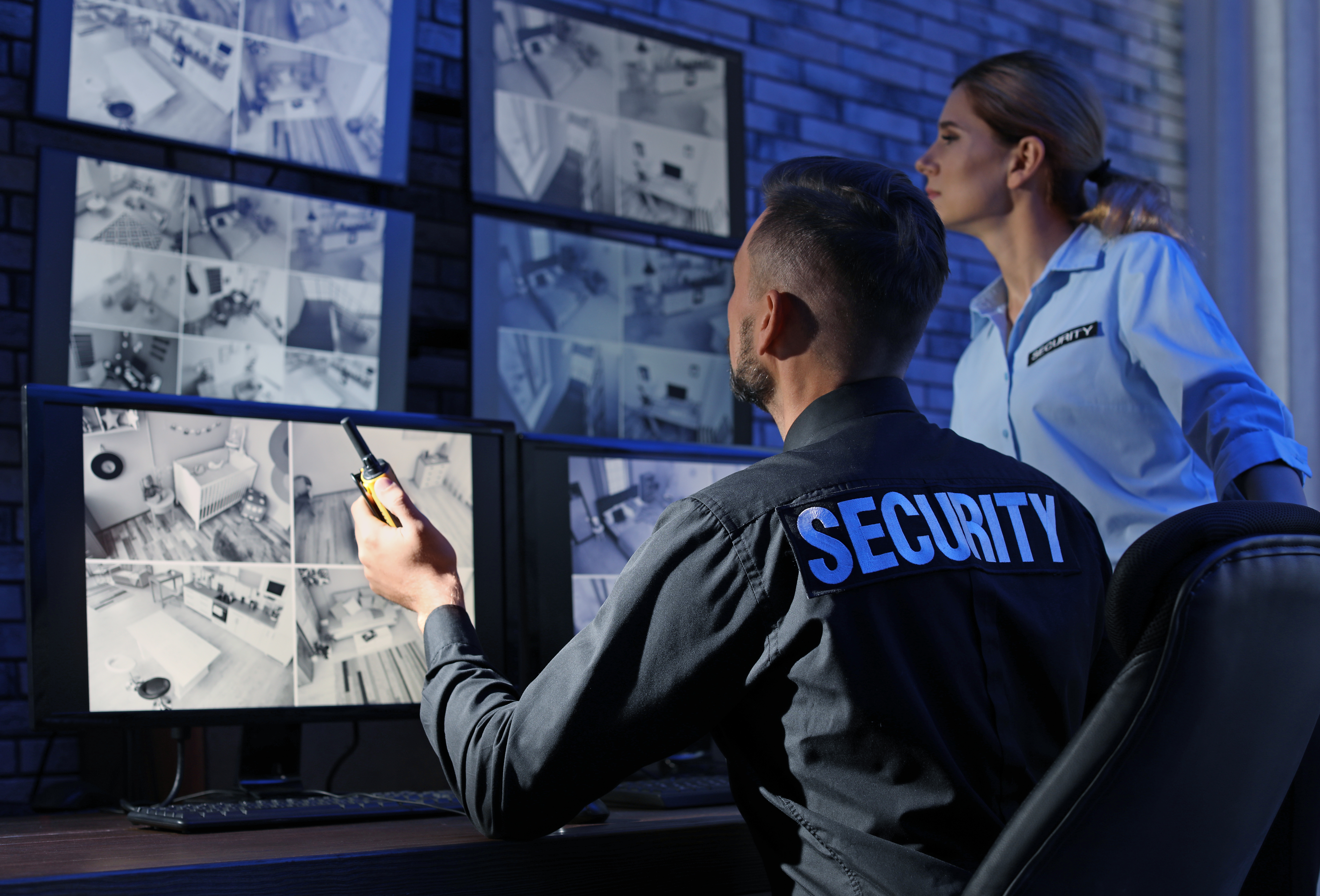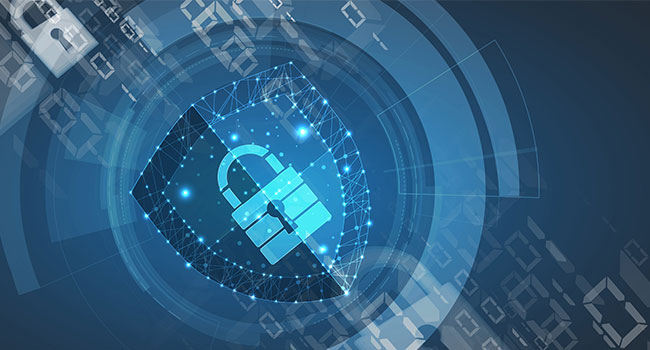Unleashing the Power of Corporate Security: A Comprehensive Guide
Unleashing the Power of Corporate Security: A Comprehensive Guide
Blog Article
From Cybersecurity to Physical Measures: Strengthening Company Safety And Security in a Changing World
In today's swiftly evolving electronic landscape, the significance of corporate protection can not be overstated. As cyber hazards come to be widespread and significantly sophisticated, organizations should exceed typical cybersecurity actions to protect their procedures and assets - corporate security. This is where the assimilation of physical safety and security actions ends up being vital. By combining the strengths of both cybersecurity and physical safety, companies can develop a comprehensive defense method that addresses the varied series of risks they deal with. In this conversation, we will check out the altering hazard landscape, the requirement to incorporate cybersecurity and physical security, the implementation of multi-factor verification procedures, the value of employee understanding and training, and the adjustment of safety measures for remote workforces. By examining these essential locations, we will get beneficial understandings right into just how companies can reinforce their corporate protection in an ever-changing globe.
Comprehending the Changing Hazard Landscape
The progressing nature of the modern world demands a comprehensive understanding of the altering hazard landscape for efficient business safety. It is important for organizations to stay notified and adjust their security measures to resolve these progressing dangers.
One trick element of understanding the altering threat landscape is recognizing the different kinds of risks that organizations deal with. Cybercriminals are constantly establishing brand-new techniques to manipulate susceptabilities in computer system systems and networks. These hazards can vary from malware and ransomware strikes to phishing frauds and social design strategies. In addition, physical dangers such as theft, vandalism, and company reconnaissance remain prevalent worries for services.
Surveillance and examining the risk landscape is necessary in order to identify prospective risks and vulnerabilities. This entails remaining upgraded on the most up to date cybersecurity patterns, analyzing danger knowledge reports, and performing normal danger assessments. By comprehending the changing risk landscape, companies can proactively implement ideal safety and security procedures to alleviate threats and protect their assets, online reputation, and stakeholders.
Integrating Cybersecurity and Physical Safety
Integrating cybersecurity and physical safety is essential for comprehensive company security in today's interconnected and digital landscape. As organizations significantly depend on modern technology and interconnected systems, the boundaries in between physical and cyber risks are coming to be blurred. To successfully protect versus these dangers, an alternative method that combines both cybersecurity and physical security actions is essential.
Cybersecurity concentrates on protecting digital properties, such as networks, information, and systems, from unauthorized gain access to, disturbance, and burglary. Physical safety and security, on the various other hand, encompasses measures to safeguard physical assets, individuals, and facilities from threats and susceptabilities. By integrating these 2 domains, companies can attend to susceptabilities and dangers from both digital and physical angles, thereby enhancing their general safety posture.
The integration of these two techniques enables an extra thorough understanding of security risks and makes it possible for a unified response to incidents. For instance, physical accessibility controls can be boosted by incorporating them with cybersecurity methods, such as two-factor authentication or biometric recognition. Likewise, cybersecurity steps can be matched by physical safety steps, such as surveillance electronic cameras, alarm systems, and safe and secure access points.

Executing Multi-Factor Verification Measures
As organizations increasingly focus on detailed safety procedures, one reliable technique is the execution of multi-factor authentication steps. Multi-factor verification (MFA) is a security technique that requires individuals to supply numerous types of recognition to access a system or application. This approach adds an added layer of protection by integrating something the customer knows, such as a password, with something they have, like a protection or a fingerprint token.
By executing MFA, companies can significantly enhance their safety and security pose - corporate security. Traditional password-based authentication has its restrictions, as passwords can be quickly compromised or failed to remember. MFA mitigates these threats by adding an extra authentication factor, making it harder for unapproved individuals to access to delicate details
There are numerous kinds of multi-factor verification techniques readily available, consisting of biometric authentication, SMS-based verification codes, and hardware symbols. Organizations this website require to analyze their details demands and pick one of the most suitable MFA option for their requirements.
Nevertheless, the implementation of MFA must be carefully intended and executed. It is important to strike a balance between security and use to stop customer aggravation and resistance. Organizations ought to likewise think about prospective compatibility issues and give adequate training and assistance to ensure a smooth change.
Enhancing Worker Recognition and Training
To reinforce company safety, organizations have to prioritize boosting worker understanding and training. Several protection breaches occur due to human error or absence of awareness.
Reliable staff member awareness and training programs must cover a wide variety of topics, consisting of data security, phishing assaults, social design, password health, and physical safety and security measures. These programs should be customized to the specific needs and responsibilities of various worker roles within the company. Normal training simulations, workshops, and sessions can help workers develop the required skills and knowledge to react and recognize to security threats effectively.
Moreover, companies must urge a society of security recognition and supply ongoing updates and reminders to maintain workers informed concerning the current dangers and mitigation techniques. This can be done via interior interaction channels, such as newsletters, intranet sites, and email projects. By fostering a security-conscious labor force, companies can substantially reduce the chance of safety and security cases and secure their important properties from unauthorized accessibility or compromise.

Adapting Safety Measures for Remote Workforce
Adapting business safety procedures to fit a remote labor force is essential in guaranteeing the security of delicate information and possessions (corporate security). With the boosting fad of remote job, companies have to implement appropriate safety and security steps to minimize the risks connected with this brand-new means of functioning
One crucial element of adapting protection steps for remote job is establishing safe and secure interaction networks. Encrypted messaging platforms and digital exclusive networks (VPNs) can aid shield delicate details and protect against unapproved accessibility. In addition, organizations ought to implement the usage of strong passwords and multi-factor authentication to enhance the protection of remote accessibility.
An additional crucial consideration is the implementation of safe and secure remote gain access to services. This entails supplying workers with safe and secure access to business resources and data via online desktop facilities (VDI), remote desktop methods (RDP), or cloud-based options. These modern technologies guarantee that delicate info remains safeguarded while enabling employees to execute their functions successfully.

Lastly, extensive security understanding training is crucial for remote employees. Training sessions must cover ideal techniques for securely accessing and dealing with sensitive information, determining and reporting phishing attempts, and preserving the general cybersecurity health.
Conclusion
To conclude, as the hazard landscape remains to evolve, it is essential for organizations to enhance their protection gauges both in the cyber and physical domain names. Incorporating cybersecurity and physical safety, applying multi-factor verification actions, and boosting staff member recognition and training are crucial steps towards attaining durable her latest blog company safety. Additionally, adjusting security measures to fit remote labor forces is necessary in today's transforming world. By carrying out these steps, organizations can reduce risks and protect their beneficial properties from prospective risks.
In this conversation, we will certainly discover the altering threat landscape, the requirement to integrate cybersecurity and physical safety and security, the execution of multi-factor authentication actions, the value of staff member awareness and training, and the adaptation of security procedures for remote labor forces. Cybersecurity steps can be matched by physical security measures, such as surveillance video cameras, alarms, and safe accessibility factors.
As companies increasingly prioritize detailed security procedures, one reliable approach is the application of multi-factor verification actions.In final thought, as the hazard landscape continues to develop, it is crucial for companies to enhance their safety gauges both in the cyber and physical domains. Integrating cybersecurity and physical safety and security, executing multi-factor verification actions, and enhancing employee understanding and training are vital steps towards accomplishing robust business safety.
Report this page